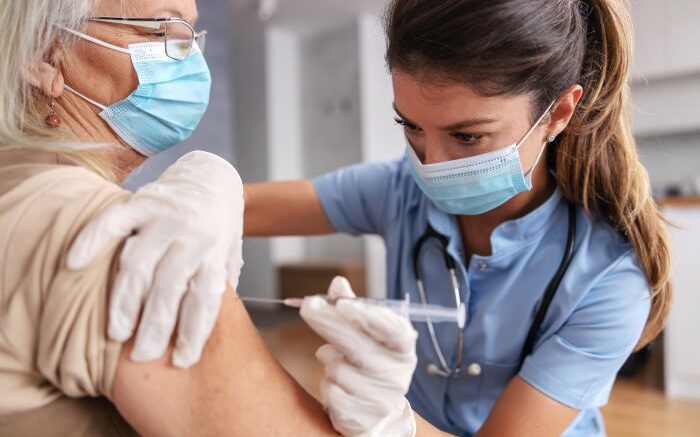Implementing an annual vaccination campaign, coupled with administering a second dose to children under 2 years old and individuals aged 50 and over, could serve as an effective strategy in safeguarding against SARS-CoV-2 infection and its associated consequences. The research underscores the significance of closely monitoring seasonal and evolutionary trends of the virus to guide vaccination strategies and the continual evolution of vaccines. The study is published in Annals of Internal Medicine.
The FDA has proposed annual, single-dose vaccination for SARS-CoV-2, like influenza vaccination, with a potential second dose for those at risk for severe outcomes, including children younger than 2 years and adults aged 50 years or older. Over time, COVID-19 infection patterns may occur annually like influenza. Establishing patterns of widespread vaccination prior to these annual cycles may reduce disease burden. However, the effectiveness of this strategy remains undetermined, with unknown timing of a surge and the possibility of semiannual COVID-19 epidemics.
Researchers from Yale School of Public Health conducted an analysis of an age-structured dynamic model of infectious disease transmission calibrated to replicate winter and late summer peaks in COVID-19 hospitalization. The authors found that the FDA’s proposed schedule of annual vaccination with a second dose for older adults and young children was associated with fewer hospitalizations, fewer deaths, and less health care spending each year. The optimal timing for this second vaccination would be delivered five months after initial vaccination. However, should epidemiologic trends of SARS-CoV-2 fully adopt seasonal dynamics, the significance of a second dose in mitigating disease burden could diminish.
